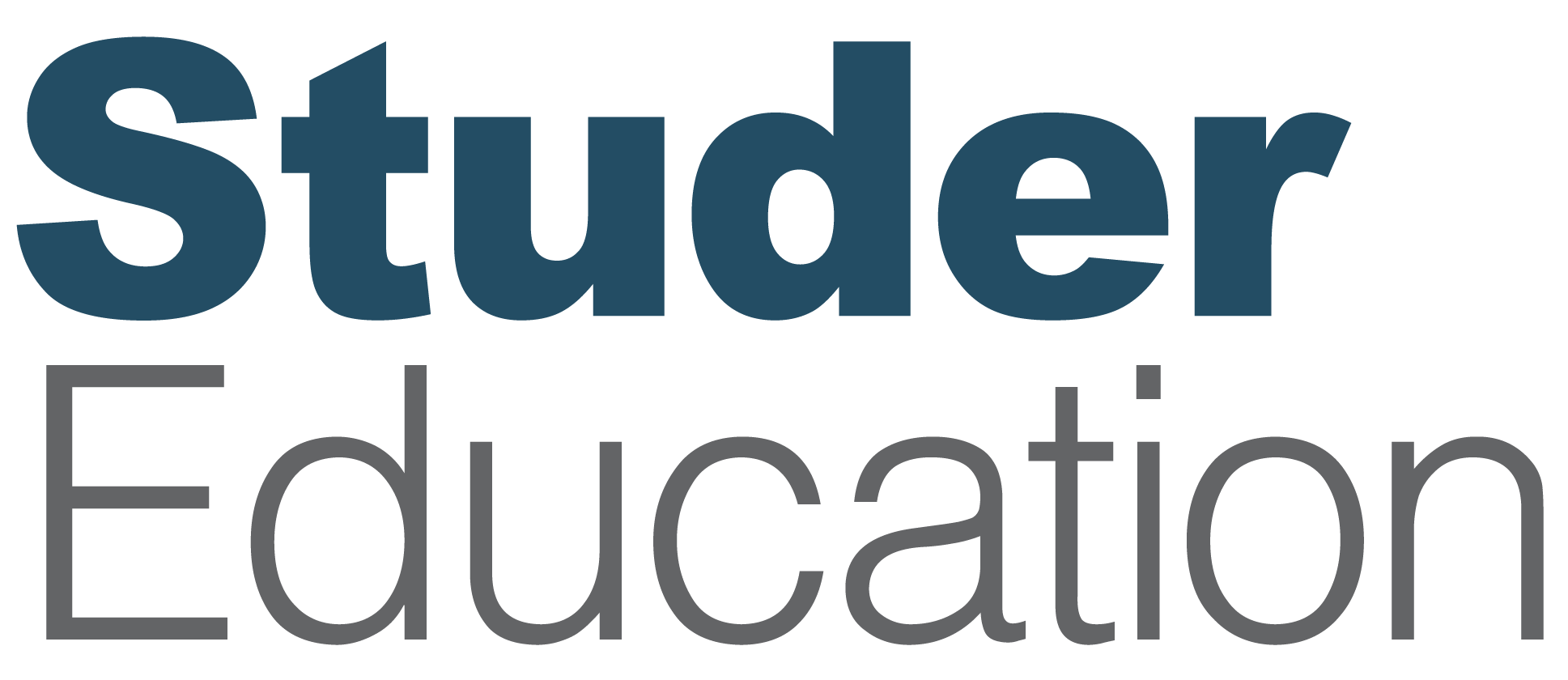
By Tina Posnanski, Studer Education Leader Coach
In K-12 education leadership, it’s easy to fall into the trap of admiring our challenges — collecting data, reporting on results, and hoping for change. But if we want real progress in our schools and districts, we have to move beyond measurement for its own sake and instead use data as an engine for real, continuous improvement.
I work with K-12 leaders from across the country, helping them build scorecards that serve as a powerful communication and improvement tool. Here are the key insights about measuring what matters that every K-12 leader can bring back to their teams today:
We Measure What We Value
Let’s start with the basics: Measurement isn’t about compliance or checking boxes — it’s about clarity.
If our mission is clear, our measures should shine a light on our most important work. When we pick up a thermometer in our house, it tells us the temperature. But, when we use a thermostat, we actually set a goal and make adjustments to achieve it.
Are we being thermometers in our leadership, just taking the temperature? Or are we thermostats, actively guiding our school climates toward better outcomes?
Use District Scorecards as Living Tools
A school district scorecard isn’t just a dashboard of results. It translates our strategic focus into daily actions. Scorecards help us bridge the gap between annual goals (our “what”) and the strategic actions (our “how”) — and then, most importantly, identify progress measures that show if we’re moving the needle. These are our checkpoints, letting us course-correct early rather than waiting for year-end test scores.
The magic happens when K-12 administrators and staff use short, frequent cycles of measurement to learn and adapt quickly, rather than working all year and hoping for a better result.
The Power Is Close to the Work
Our truest improvers are those closest to the students and the daily work—teachers, staff, and even the students themselves. Leaders tend to monitor at the quarterly or monthly level, but real change comes from empowering teams to reflect on and act upon daily or weekly “small data.”
For example, a technology department may track trouble tickets hourly, while a principal and secretary may monitor staff attendance trends daily. Listening to those at the front lines unlocks smarter, faster adjustments.
True improvement requires the voice of those closest to the challenge. If you can, have teachers, bus drivers, or food service staff “at the table”—but when that’s not realistic, use purposeful rounding or plus/delta discussions to ensure their perspective informs decisions. What’s working for them? What’s the barrier? Their insights turn strategy into progress.
“Learning Happens in the Pause”
It’s not enough to gather data: We have to make time and space for reflection. This is where real learning and improvement live.
Instead of waiting for year-end reviews, great leaders pause throughout the year to engage teams in meaningful data conversations:
• Where are the bright spots?
• How do we know? What’s the evidence?
• Which actions are really making the difference?
• Who is thriving—and who isn’t?
When we anchor our review in evidence (trend lines, not just anecdotes or “gut feelings”), we make better decisions about what to scale, adjust, or sometimes even abandon.
Improvement Cycles: Shorter, Sharper, Stronger
Adopt the PDSA mindset — Plan, Do, Study, Act — not as an annual exercise, but as an ongoing rhythm.
Each cycle should be purposeful:
• Plan: Define what success looks like and set clear progress measures.
• Do: Engage in strategic, focused action—not everything, just what matters most.
• Study: Pause to review evidence—what’s working, what’s not, and why.
• Act: Decide: Do we adopt, adapt, or abandon this action? Then start the next cycle.
The faster and more often we run through this learning loop — with the right people in the conversation — the better our outcomes.
What’s Your Next Step?
As you reflect on your district’s biggest goals—or perhaps a problem that’s stuck on your scorecard—pause and ask:
• How often are you (and your teams) really looking at the data that matters?
• Are those closest to the work involved in reflecting on actions and outcomes?
• Do you anchor your celebrations and next steps in evidence, not just impression?
• Can you identify which changes to adopt, adjust, or abandon in real time?
Setting the right measures is essential. But being bold enough to act on the story the data tells us — consistently, in short cycles, with every voice in the room — that’s how we drive student success.
Let’s commit to being thermostats, not just thermometers. Our students, staff, and communities deserve nothing less.
Need support measuring what matters most in your school district? Studer Education partners with K-12 superintendents and education leaders to strengthen people, processes, and structures — helping you drive measurable improvement and hardwire excellence across your district and schools. Learn more about leadership coaching.


